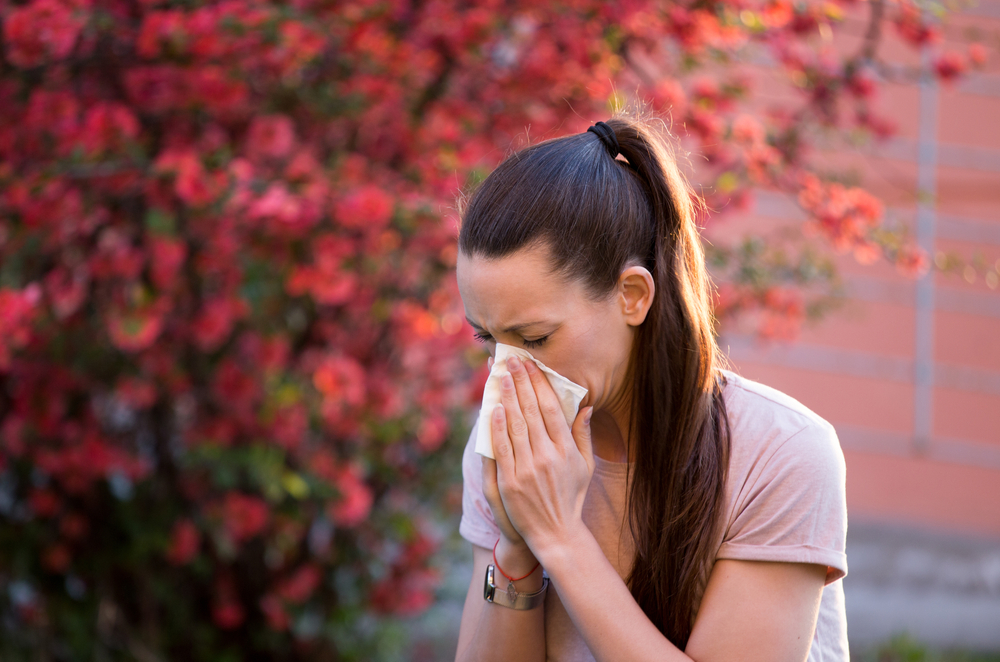Hay fever, also known as allergic rhinitis, is a common condition that causes sneezing, runny nose and itchy eyes.
It affects roughly 20% of people in the UK, and its symptoms vary in severity from person to person.
Unfortunately, there is no cure for hay fever, though there are things you can do to limit your symptoms.
If you think you might have hay fever, don’t wait to see your doctor. Book an online consultation with a pharmacist to get the care and treatment you need.
What causes hay fever?
Hay fever is caused by an allergic reaction to pollen, a yellow powdery substance created by plants as part of their reproduction system.
When pollen is released into the air, it can trigger an allergic reaction – where your immune system mistakenly identifies pollen as harmful and overreacts.
When is hay fever season?
In the United Kingdom, hay fever season typically spans from late March to early autumn.
Here’s a breakdown:
- March to early April: tree pollen levels rise
- Late spring to early summer: grass pollen levels rise
- Summer: grass pollen levels stable and weed pollen levels rise
- Early autumn: pollen levels begin to decrease
If you suffer from hay fever, searching online for pollen forecasts before heading out can help you know beforehand if you’re likely to have your allergy triggered.
Frequently asked questions about hay fever
What are common hay fever symptoms?
Common hay fever symptoms include sneezing, runny nose, itchy eyes, and throat irritation.
How to manage hay fever during pollen season?
To manage hay fever during pollen season, try staying indoors during high pollen counts, keeping windows closed, using air purifiers, and taking antihistamines as directed by your pharmacist.
What are the main causes of hay fever?
Hay fever is caused by allergies to pollen from trees, grasses, and weeds. Other triggers can include mould spores, pet dander, and dust mites, though these are less common.


